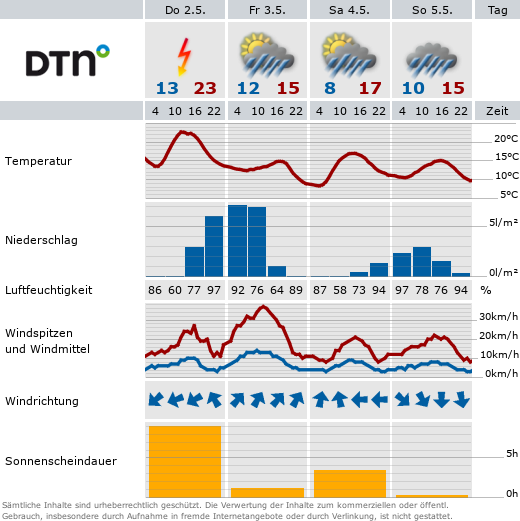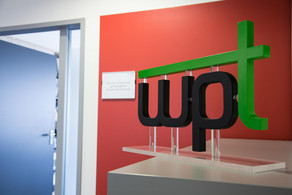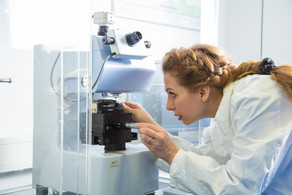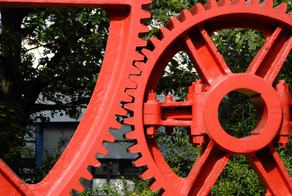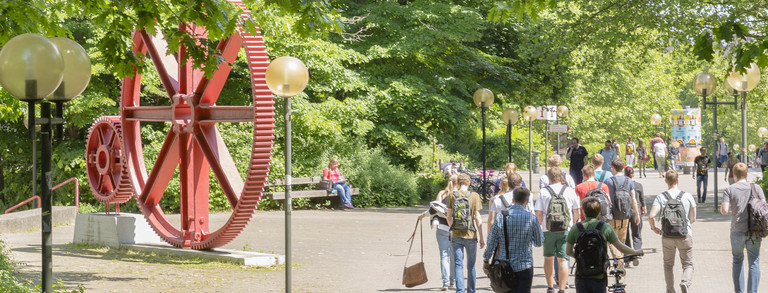Handling of research data
Due to the extensive and heterogeneous research data, generated by many different measurement instruments, Research data management (RDM) plays a kay role for the Chair of Materials Test Engineering. By participation in RDM workshops, which are offered by TU Dortmund University regularly, the data strategy is brought closer to the researchers constantly. The integrity and reusability of our research data is ensured in accordance with the rules of good scientific practice. As part of TU Dortmund University, we follow the principles of research data management at TU Dortmund University, preserve research findings and strive to make them usable for future research questions.
Data description
Within various investigations, raw data are generated, beginning from previously set configuration and test parameters up until the results as well as subsequent analyses. These are available in either explicit form as machine-readable data formats from, for instance, mechanical testing or in implicit form as images including metadata from microscopic analyses. Terminal devices for imaging examinations are directly linked to a database in order to take metadata fully into account. The data structure enables comprehensive processing options as well as the use of automated algorithms and artificial intelligence. Evaluations of cyclic tests are complex due to the development of hysteresis. A specifically developed program for the evaluation of hysteresis loops can be integrated into a web tool, thus enabling uniform processing of cyclic tests in combination with structured storage of the raw data and results .
Documentation and data quality
The continuous documentation of all raw data enables a digital representation of each sample. Additional measurement data can be added for completion. By using a digital laboratory book from elabFTW , metadata is generated and linked to the respective measurement data. General and supplementary information is organized collaboratively on the intranet via a separate instance of MediaWiki or in collaboration with members of TU Dortmund University in Confluence.
Storage and technical backup during the course of the project
The exchange of data and results between working groups takes place online via the non-commercial NRW cloud storage provider Sciebo . Primary research data is stored on the measurement/testing and production computers and then optionally transferred to evaluation computers with the associated metadata. These data sets are stored on servers on the intranet. The data is backed up by TU Dortmund University to external servers in a tape library using a cross-university operating concept for data backup. Project-related files are also occasionally stored on external hard disks. This fulfills the 3-2-1 rule of data backup. In accordance with the rules of good scientific practice, all generated data is stored for a period of at least 10 years and secured against unintentional deletion.
Legal obligations and framework conditions
In the event of applications can be made for intellectual property rights for methods developed in the project, this will be done.
Data exchange and permanent accessibility of data
Research results will be published in international journals and presented to specialist audiences at national and international conferences. Digital research data that leads to a publication is stored in the form of processed raw data according to the FAIR principles (Findable, Accessible, Interoperable, Re-Usable) and, if required, made available to other researchers via repositories such as Zenodo or Eldorado by TU Dortmund University. In research projects, the data for subsequent use is published in an interim or final report at the end of each funding period. This is done by TU Dortmund University in collaboration with the Research Data Services team.
Responsibility and resources
The data is managed jointly by the research partners in a cloud. Regular meetings are held to reflect on the appropriate handling of research data and discuss possible improvements. Each research center is responsible for supplementing the data it has generated itself. A mutual review takes place.


